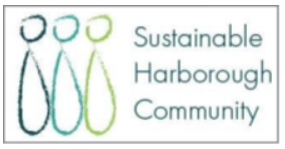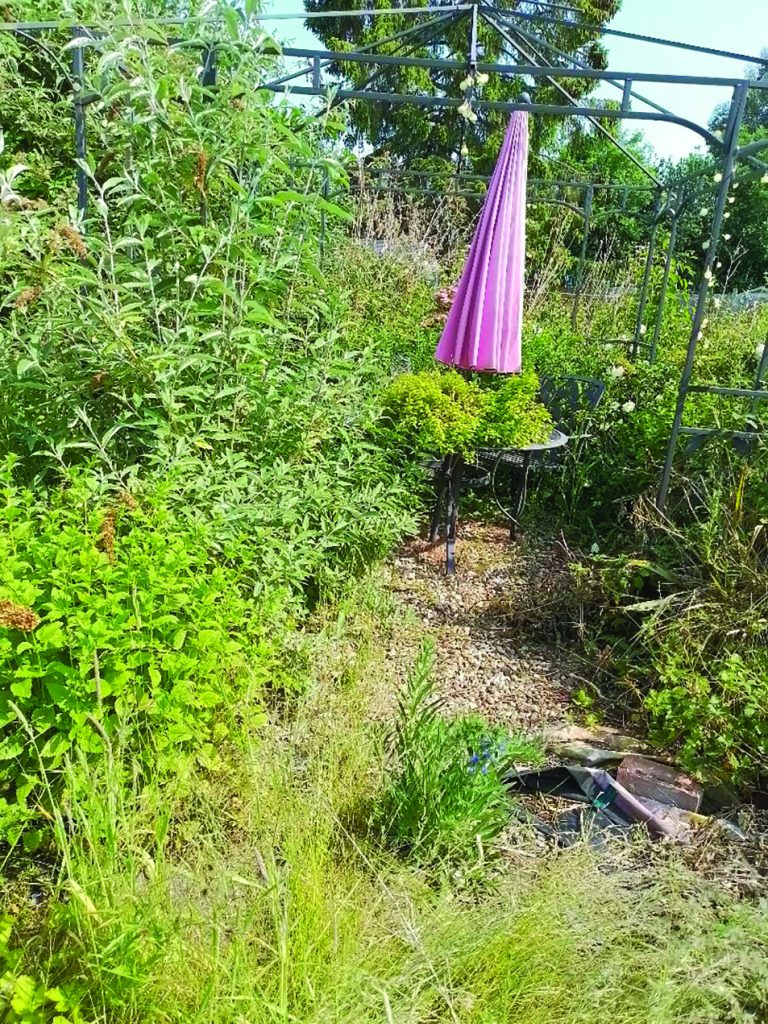The wonders of a wild garden

If hero plants, the new name for weeds, plus insects, birds and hedgehogs could speak, how many marks out of ten would they give us for the way we care for their homes – our gardens?
For one couple, Anne and Chris, it would be a resounding ten out of ten. In their garden Anne has different zones for each group of insects and mini beasts. The ditch by the back of the house is their hedgehog highway, and they hear the creatures snuffling along on their foraging journeys. A zone near the house contains herbs for cooking and for the pleasure of them too, such as sage, thyme, bay leaf and rosemary, lovage, oregano, lemon balm, borage – the flowers look pretty in a salad and are edible – salad burnet, dandelions, nettles. Wild strawberries just appeared.

Liquid from the wormery feeds the plants in pots to protect them from would be footballers and rugby players. There are thistles kept for their flowers plus a whole variety of insects like bees, moths and butterflies. The brambles are kept in another area for the blackbirds. There is a small, shaded pond, with stones for the frogs, who like cover, and keeping cool. They feed on the insects that come to the water in the evening. The second larger pond is for caddis flies and reeds, forming a sort of mini wetland. There are minibeasts such as different sorts of mice, with bats flying overhead, feeding on insects at dusk and during the night.
Anne’s Christian faith is her motivation to look after this world entrusted to us. Sometimes she has poor mental health and the garden is her most effective treatment for her recovery, giving her great joy. With the serious decline in insect life, a small wild garden area is something everyone with a garden can enjoy.
As told to Julie Fagan, Sustainable Harborough Community and Eco Church




 Breast Cancer Now – Afternoon Tea event
Breast Cancer Now – Afternoon Tea event

